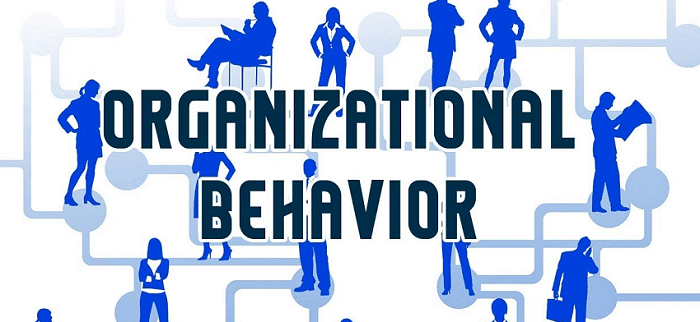
Course Overview
This course explores the study of human behavior within organizations, examining individual and group dynamics, organizational structure, and processes that influence behavior.
Key Concepts
Individual Behavior
1. Personality: Understanding personality traits and their impact on behavior.
2. Motivation: Exploring various motivation theories, such as Maslow's Hierarchy and McClelland's Acquired Needs Theory.
3. Perception: Understanding how individuals perceive and interpret their environment.
4. Learning: Examining various learning theories, such as classical conditioning and social learning.
Group Behavior
1. Group Dynamics: Understanding group formation, norms, and roles.
2. Teamwork: Examining the importance of teamwork, collaboration, and communication.
3. Leadership: Exploring various leadership styles, such as transformational and transactional leadership.
4. Conflict: Understanding the causes and consequences of conflict, as well as strategies for conflict resolution.
Organizational Structure
1. Organizational Design: Examining various organizational structures, such as functional, divisional, and matrix structures.
2. Authority and Power: Understanding the distribution of authority and power within organizations.
3. Communication: Examining the importance of effective communication in organizations.
Organizational Processes
1. Decision-Making: Exploring various decision-making models, such as rational and intuitive decision-making.
2. Change Management: Understanding the importance of managing change, including strategies for implementing and sustaining change.
3. Organizational Culture: Examining the role of organizational culture in shaping behavior and performance.
Theories and Models
1. Maslow's Hierarchy of Needs: A motivational theory that proposes human needs are hierarchical.
2. Herzberg's Two-Factor Theory: A motivational theory that proposes job satisfaction and dissatisfaction are influenced by two separate sets of factors.
3. McGregor's Theory X and Theory Y: A leadership theory that proposes two contrasting views of human nature and motivation.
4. Blake and Mouton's Managerial Grid: A leadership theory that proposes a grid for evaluating leadership styles.
Case Studies and Applications
1. Case Studies: Analyzing real-world organizational behavior scenarios, such as leadership challenges, communication breakdowns, and change management initiatives.
2. Group Projects: Collaborating on organizational behavior projects, such as developing a leadership development program or creating a change management plan.
Course Objectives
1. Understand individual and group behavior in organizations.
2. Analyze organizational structure and processes.
3. Apply organizational behavior theories and models to real-world scenarios.
4. Develop effective leadership and management skills.
Assessment
1. Quizzes and exams: Testing understanding of organizational behavior concepts and theories.
2. Case studies and group projects: Applying organizational behavior concepts and theories to real-world scenarios.
3. Reflective journaling: Reflecting on personal experiences and insights related to organizational behavior.
4. Final project: Developing a comprehensive organizational behavior plan or proposal.
- Teacher: JIMLA K V

